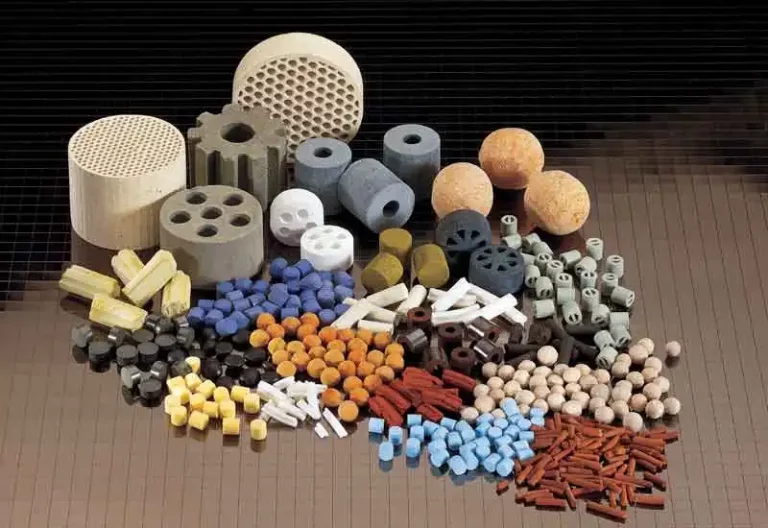While catalysts are crucial in various industries, there’s not a lot of information about catalyst manufacturing. In this article, we’ll be exploring this topic and other bits related to it. Let’s dive in.
What are catalysts?
Catalysts are substances that accelerate the rates of a reaction, typically by reducing the amount of energy required to facilitate such a reaction. These “boost” substances normally don’t get used up in the reaction itself, hence they can facilitate multiple similar reactions back-to-back.
Important bits about catalyst manufacturing
Now that you are officially introduced to catalysts, here are a couple of things you need to know about the manufacturing of these awesome substances:
1. Bespoke catalyst manufacturing is quite common
If you know a couple of facts about catalysts, you probably are aware that there are three main types: heterogenous, enzymatic, and homogenous catalysts. You may be lucky to only need either one of the three catalysts mentioned above but if your operations are slightly more sophisticated, it will be necessary to get catalysts that will suit your operations best.
Such catalysts can include autocatalysts, acid-based catalysts, negative & positive catalysts, and others. In such cases, your best bet would be to engage a first-class catalyst manufacturing company like Applied Catalysts for the best results. Since you’ll be working with experts in the industry, not much input will be required from you, other than stating exactly what you need.
2. Catalyst manufacturing employs characterization
Depending on what you want to achieve, catalyst characterization can be paramount. Say, for example, you are after facilitating a selective reaction. In such a case, you can use technologies like transmission electron microscopy (TEM), surface area analysis (BET), X-ray diffraction (XRD), and other technologies to modify the composition and morphology of the catalysts.
3. Support materials and substrates are crucial
During catalyst manufacturing, it’s important to consider that some of these substances often require support materials for optimal performance. For example, heterogeneous catalysts will typically need to work with high-surface-area materials like carbon-based substrates, metal oxides, and zeolites.
The support materials ensure greater stability and effectiveness as the catalysts do their job.
4. Research and innovation is paramount
For best results, it’s crucial to have ongoing research so that you can keep improving processes and products for increased efficiency. Continuous research and innovation set the right foundation for catalysts that have greater stability, enhanced activity, and accurate selectivity.
In this industry, innovative technologies like nanotechnology and computation modeling have proved instrumental in promoting the precision and optimization of catalytic materials.
5. Deactivation happens quite often
It’s not uncommon for catalysts to become deactivated as a result of nuisances like sintering (agglomeration of particles), fouling (accumulation of impurities), or poisoning (activate site blockage).
Though some of these issues are unavoidable, some are the result of inferior quality or similar complications that would come up when you work with a less-qualified manufacturer. Thankfully, you can solve such issues by working with experts who employ effective strategies to ensure the longevity of the products that they produce for you.
Bringing things to a close,
Catalyst manufacturing is a fairly unfamiliar, yet interesting topic, that has great importance to various industries. If you’re in one of these industries, it’s best to have experts who you can rely on for up-to-date information and innovative manufacturing techniques for the best results.
Applied Catalysts offers such benefits and then some, so if you’re looking for a hand to hold you in your journey, you can always reach out to their support team.
Keep reading such informative contents at bhtnews.com
